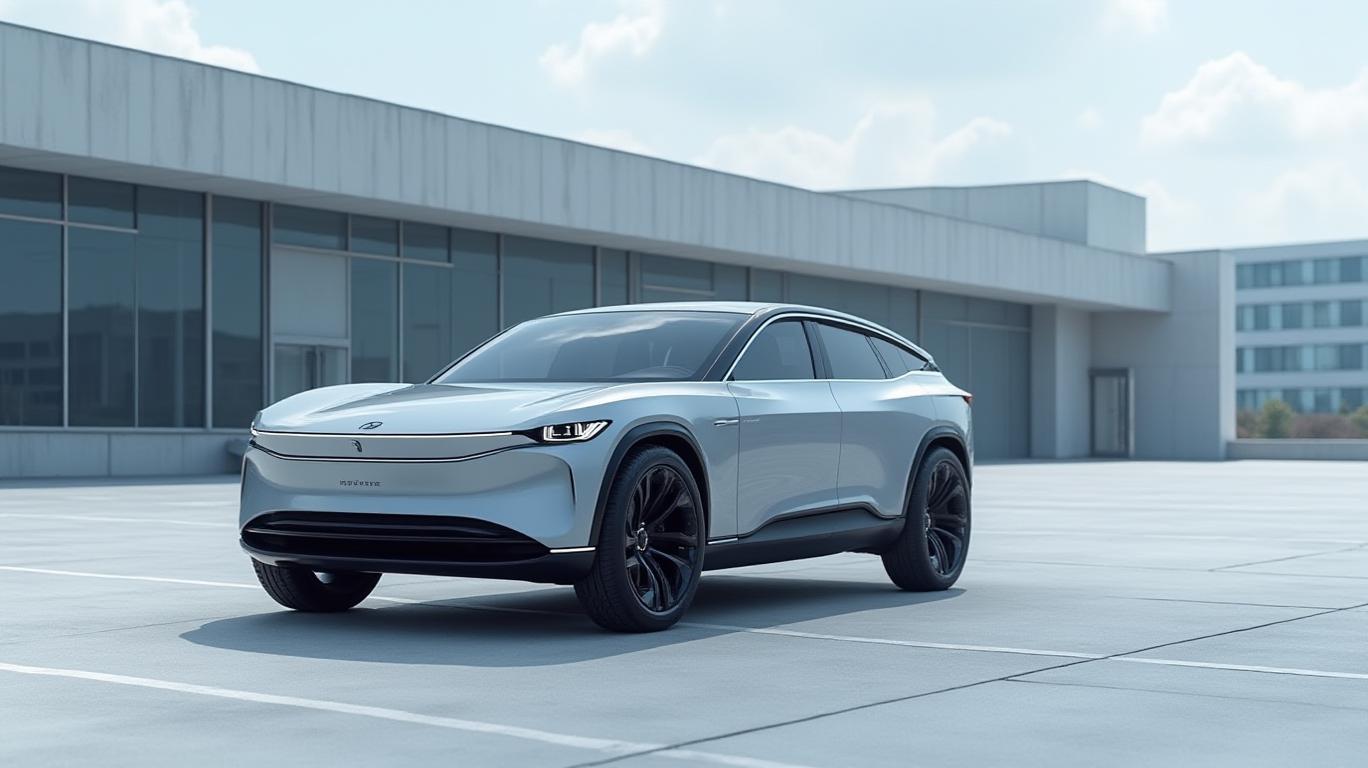JAC Motors Faces Steep Q1 Decline Amid Partnership Struggles and Strategic Shifts
Chinese automaker JAC Motors reported a 13% year-over-year revenue decline in Q1 2025, marking a stark reversal from recent growth trends. The company swung to a net loss of $234 million, a staggering 1,277.59% drop from prior-year profits, driven by investment losses in its joint venture with Volkswagen and asset impairments. This article analyzes the factors behind the downturn, explores JAC’s strategic pivot toward luxury EVs, and assesses its prospects in a fiercely competitive market.

Key Drivers of the Revenue Decline
Strained Volkswagen Joint Venture
JAC’s struggles stem primarily from its Volkswagen Anhui joint venture, which saw profitability plummet in Q1 2025. Volkswagen’s broader China operations reported a 41% drop in net profit to €2.19 billion, citing weak demand and price wars. JAC’s reliance on this partnership—where it contributed factories and resources—left it exposed to declining sales volumes and operational inefficiencies. The venture’s challenges, including rising competition from domestic EV startups like BYD and Nio, further eroded JAC’s revenue streams.Asset Impairments and Investment Losses
JAC booked significant impairments on physical and intangible assets, likely tied to underperforming joint ventures and outdated manufacturing facilities. The $234 million net loss reflects not just operational slumps but also non-cash charges that highlight declining asset values amid industry shifts toward electric vehicles (EVs).Structural Industry Headwinds
China’s auto sector faced a 39% year-on-year drop in imports in Q1 2025, with gasoline vehicles bearing the brunt. JAC’s focus on traditional combustion engines, alongside sluggish exports (e.g., minimal sales in key markets like South Africa and Pakistan), exacerbated revenue pressures.
Strategic Shifts: Betting on Luxury EVs
To counter these challenges, JAC is pivoting to high-margin segments through its Maextro luxury EV brand, developed in partnership with Huawei. This initiative aims to capitalize on China’s growing premium EV market, where brands like Nio and Tesla dominate.
Key aspects of the strategy include:
- Huawei’s Technology Integration: Leveraging Huawei’s advanced battery and autonomous driving systems to differentiate Maextro from competitors.
- State-Supported R&D: Aligning with China’s $1.9 trillion industrial policy shift from real estate to EVs, which prioritizes innovation and scale.
- Global Ambitions: Targeting export markets despite U.S. tariffs (up to 125% on some goods), which have constrained Chinese automakers’ profitability.
Risks and Challenges
- Trade Barriers: U.S. and EU tariffs threaten JAC’s export growth, particularly for its lower-cost models. The company must navigate these constraints or risk further margin compression.
- Domestic Competition: Over 400 Chinese EV startups have collapsed since 2018, with only 50–100 brands expected to survive until 2030. JAC faces intense rivalry from industry giants like BYD, which now commands a 28% share of China’s EV market.
- Joint Venture Dependency: While JAC seeks to reduce its reliance on Volkswagen, exiting the partnership could involve costly restructuring and stranded assets.
Financial and Market Context
- Valuation: JAC’s market cap sits at ~$2.3 billion, dwarfed by BYD’s $800 billion valuation, underscoring its need for a breakthrough.
- Cash Flow: Despite losses, JAC’s liquidity remains stable, with $1.3 billion in cash reserves (as of late 2024). However, its debt-to-equity ratio of 1.2x highlights financial leverage risks.
Conclusion: Can JAC Turn the Tide?
JAC’s Q1 stumble reflects deep-seated challenges in its traditional auto business and overexposure to declining partnerships. However, its Maextro brand offers a lifeline—if it can execute swiftly. The luxury EV market is growing at 15% annually in China, and Huawei’s technological prowess could fast-track JAC’s competitiveness.
Key Takeaways for Investors:
- Risks: Heavy reliance on volatile joint ventures, trade barriers, and intense competition.
- Upside: Potential to capture premium EV demand and benefit from China’s state-backed industrial push.
JAC’s survival hinges on executing its EV pivot while navigating regulatory and trade hurdles. For now, the company remains a speculative play, best suited for investors willing to bet on its ability to reinvent itself in a winner-takes-all industry.
Final Analysis: JAC Motors’ Q1 2025 results underscore the fragility of traditional automakers in China’s EV revolution. While its partnership with Huawei holds promise, the road to recovery will be fraught with execution risks and macroeconomic headwinds. Investors should monitor Maextro’s market traction and JAC’s ability to reduce reliance on struggling joint ventures closely.










